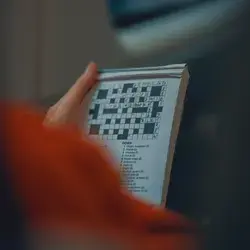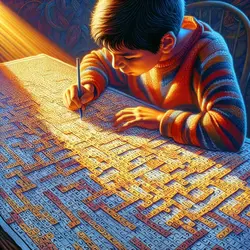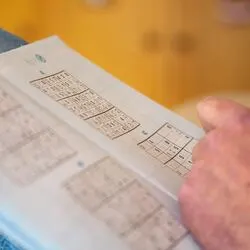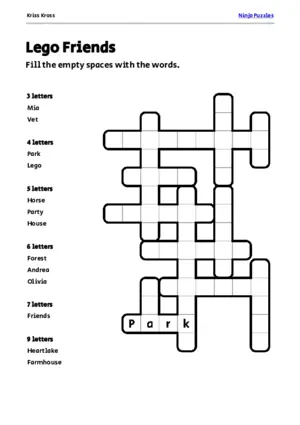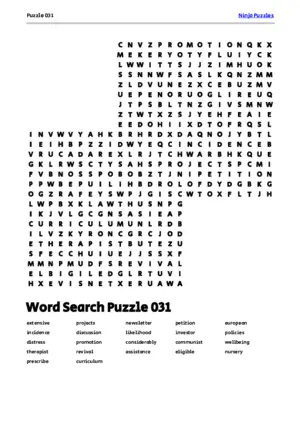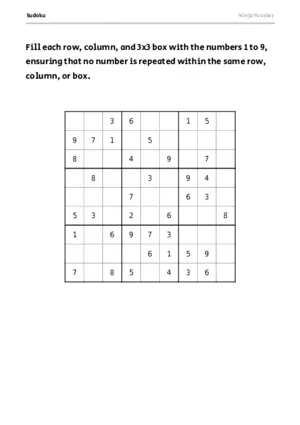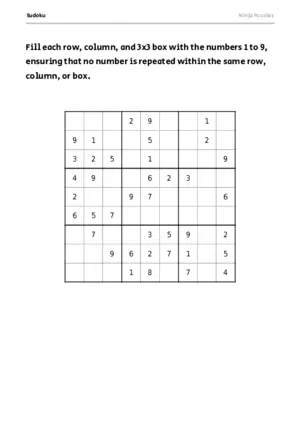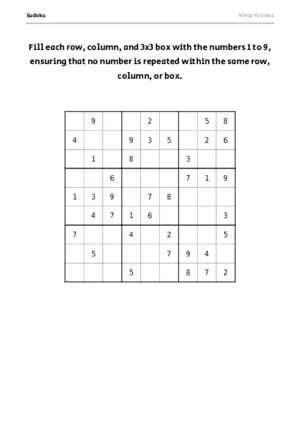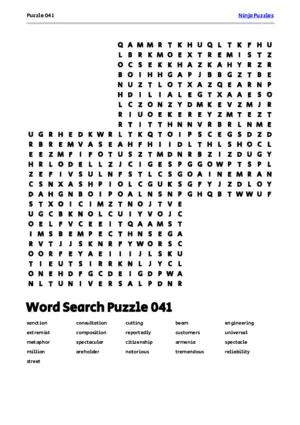Word Ladders Unveiled: Cracking the Puzzle Path
About the author • Ben Gillbanks spent 11 years working at Miniclip.com as a game and web developer. He spent a lot of that time working on and thinking about games and puzzles. He now makes apps, and puzzles, and apps that make puzzles. More info →
Word ladder puzzles, a timeless pastime, challenge us to transform words letter by letter. Delve into their intriguing history, evolution, and influence as we unravel their mysteries.
- Word ladder puzzles date back centuries, with Lewis Carroll possibly popularizing them in the 19th century.
- They inspire other games like Scrabble and crossword puzzles.
- Variations like reverse ladders and themed ladders add complexity and creativity.
What are the origins of word ladder puzzles?
Word ladder puzzles may have originated with Lewis Carroll in the 19th century. They challenge players to transform one word into another by changing one letter at a time, inspiring countless adaptations and variations in popular culture.
Word ladder puzzles have been entertaining people for decades. These brain-teasers challenge us to transform one word into another by changing a single letter at a time, with each intermediate step forming a valid word. But have you ever wondered about the origins of these intriguing puzzles? Join me as we unravel the history, evolution, and influence of word ladder puzzles.
History of the Puzzle
Word ladder puzzles have a long and mysterious history. While their exact origin remains uncertain, early instances can be traced back to ancient civilizations. Ancient Egyptian hieroglyphics hint at the existence of similar linguistic games, showcasing humanity’s fascination with transforming words.
The first word ladder puzzles as we know them can possibly be attributed to Lewis Carroll (real name Charles Lutwidge Dodgson).
Back in 1877, Lewis Carroll, the brain behind Alice in Wonderland, invented the word ladder puzzle on Christmas for Julia and Ethel Arnold. Initially dubbed “Word-links,” Carroll logged the first mention in his diary on March 12, 1878, presenting it as a two-player game.
Carroll later shared a series of these puzzles and their solutions, now called “Doublets,” in Vanity Fair starting March 29, 1879, and then turned it into a book published by Macmillan and Co. that same year.
In 1927, J. E. Surrick and L. M. Conant compiled a book called “Laddergrams,” diving into these mind-bending puzzles. Notably, Vladimir Nabokov referenced the game as “word golf” in the novel Pale Fire, sharing some personal records.
Fast forward to the ’90s, the game resurfaced down under in Australia as “Stepword,” thanks to The Canberra Times. And you may have bumped into word ladders in the New York Times crossword puzzle – they’re a recurring brain teaser there.

An illustration of Lewis Carroll inventing the Word Ladder Puzzle
Inspiration and Influence
The creation of word ladder puzzles was inspired by our innate desire to play with language and explore its possibilities. These clever challenges have served as inspiration for other popular games like Scrabble or crossword puzzles—each offering unique ways to engage our minds while having fun.
Notable Variations
Word ladder puzzles have seen some intriguing variations over time. One such variation is the “reverse ladder,” where you start with the target word and work your way back to the original word. This adds an extra challenge by reversing our usual thought process.
Another fascinating twist is the “theme ladder.” In this version, each intermediate step not only forms a valid word but also relates to a specific theme or category. It’s like navigating through a maze of words with a thematic guide!
Tips for Solving
Solving word ladder puzzles can be both challenging and rewarding. Here are some practical tips to help you conquer these linguistic enigmas:
- Look for common patterns: Identify common letter combinations that frequently appear in words, such as “er,” “ing,” or “un.”
- Use online resources: Online tools and websites can provide word lists and hints when you’re stuck. We have lists of words of different lengths that may help.
- Practice makes perfect: The more you solve, the better you become at spotting patterns and finding efficient paths between words.
So why wait? Challenge yourself by diving into the world of word ladder puzzles!
Word ladder puzzles have captivated minds throughout history. From ancient civilizations to Lewis Carroll’s literary genius, these brain-teasers have stood the test of time and inspired countless adaptations in popular culture. So go ahead—immerse yourself in their linguistic magic and let your mind unravel their mysteries!

